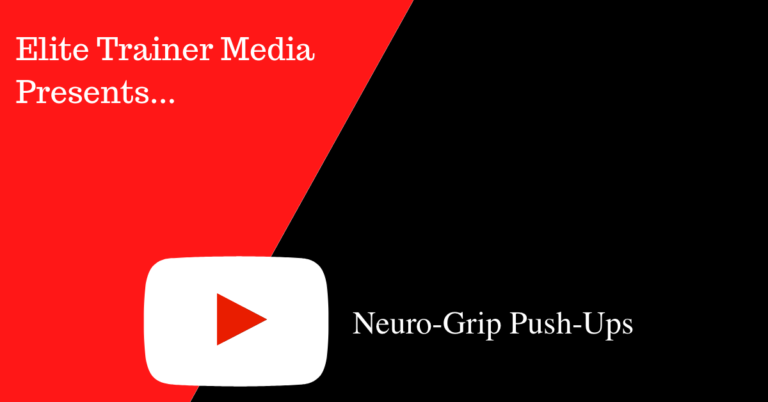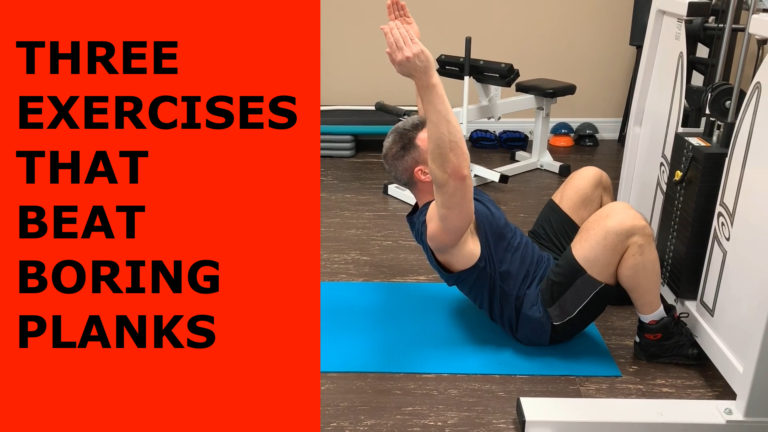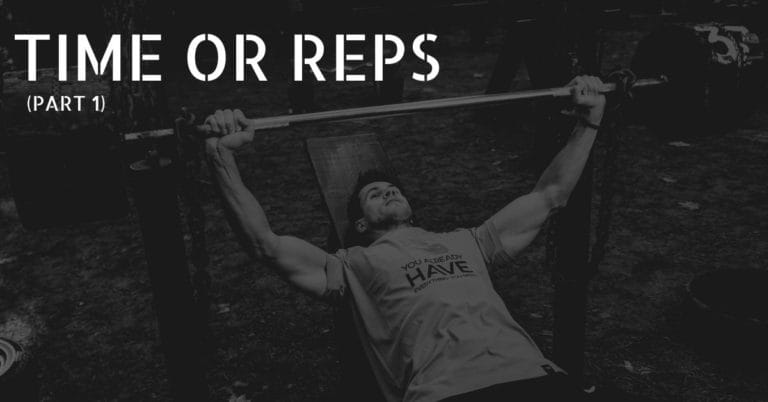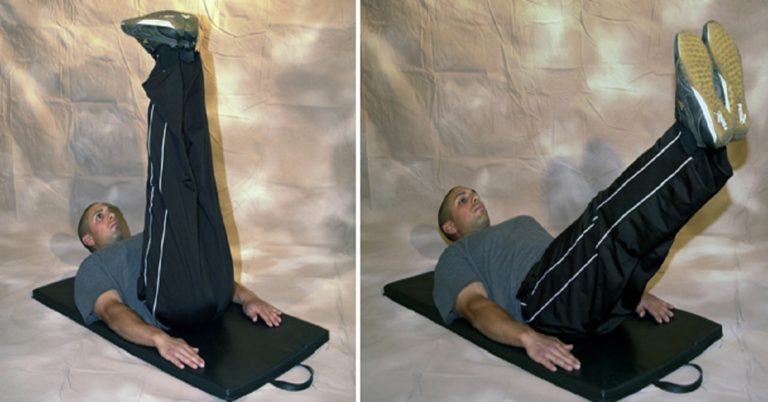Looking for a spine-friendly way to train your core? The half-kneeling reverse woodchop fits the bill. It’s a great exercise for developing rotational strength and stability without placing excess strain on the lower back. No cable machine? No problem—grab a dumbbell and you’re good to go. Give it a shot!
Want to ramp up the challenge of your push-up routine? Try Neuro-Grip push-ups! This unique tool increases the instability of a standard push-up, forcing your wrists, forearms, shoulders, and core to work overtime. It’s like doing push-ups on stilts! Neuro-Grip push-ups are great for enhancing wrist stability, joint integrity, and neuromuscular coordination. They also help…
The front plank is a popular exercise to promote core stability. Sure, it has its benefits—and yes, there are ways to make it more difficult—but let’s be honest: holding any static position for more than ten seconds is boring! That’s why most guys in the gym skip them altogether. Instead of holding a front plank…
If there’s ever a time not to draw in your navel, it’s during exercise. In fact, this practice should be abandoned altogether unless used for specific rehabilitation purposes. “Sucking in your gut” shifts emphasis away from the working muscles in most gym movements and can actually lead to injury. Yes, keeping the core tight is…
If you want to build a serious set of abdominals, make sure to include these foundational exercises—and their variations—into your routine: squats, deadlifts, pull-ups, and standing overhead presses. These multi-joint movements demand strong abdominal engagement to stabilize the core, especially under heavy loads. It’s not uncommon to hear people complain of abdominal soreness a day…
See that swimsuit above? I used to fit in that before my biceps surgery—now I’m swimming in it! My waist shrunk, but not because of diet. It’s the result of not lifting as heavy anymore. Most people don’t realize just how much the abdominals engage during heavy compound and isolation movements. For years, my core…
When it comes to strength training, sometimes it’s best to count reps, and other times it’s better to regulate time under tension (TUT). Here’s an example of where counting reps can work to your advantage. Rethinking Core Training When most people hear the word core, they automatically think abdominals—and nothing else. Only the muscles visible…
Q: You’ve mentioned two-legged lowering in some of your programs. Is that the same as leg raises? A: On the outside, it may look the same, but on the inside, it’s a whole different story! Believe it or not, starting from the top or bottom can alter the training effect. If you perform a leg…
I came across this unique abdominal exercise about a decade ago in The Bodybuilding Truth by Nelson Montana. According to Montana, abdominal development is largely genetic, and traditional movements like sit-ups and leg raises are more effective for the psoas (hip flexors) than for the abs. He argues that the abdominals respond best to contraction…
Too often, research based on pathological populations is extrapolated and applied to healthy individuals. One common example is static core endurance training. Here’s an excerpt from Shinkle et al., 2012 on the topic: In sports, muscular demands vary greatly from athlete to athlete. This makes it very difficult to have one statement that will address…










